by Brooke Kennedy
From an early age, Dr. Michael Warner, had an interest in everything otherworldly.
“At age six, sitting on the assembly room floor at school with other children, I watched the Apollo 11 lunar landings,” Warner recalled. “I remember it well, because the black and white TV was on a stage in a wooden cabinet on four legs, so it looked a lot like the lunar module.”
That moment sparked a lifelong admiration for space exploration, and with it a new interest – collecting artifacts.
Over time, he cultivated a private collection of more than 100 artifacts from the Apollo and Soviet-era programs, the International Space Station, and SpaceX. The collection includes objects from the lunar surface and items flown in deep space, as well as artifacts from missions in low-Earth orbit and used in astronaut training. Warner’s collection is likely one of the largest in the United Kingdom, and he recently agreed to loan out his artifacts for a new exhibition called The Space Vault.
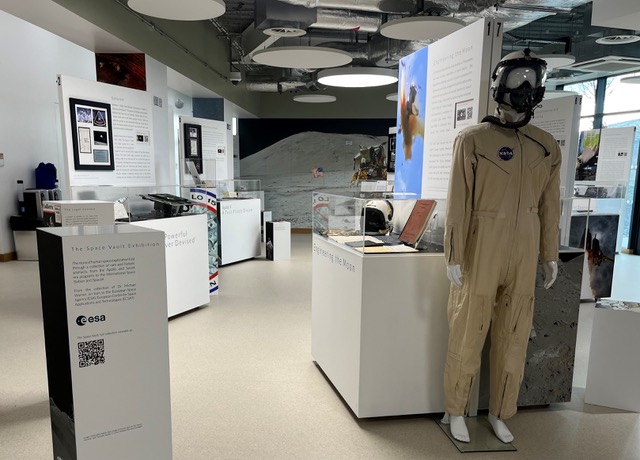
Many of the items in Warner’s collection were acquired with the help of Boston-based RR Auction. Each year, RR features two auctions dedicated to space exploration along with a section in their monthly Fine Autographs and Artifacts auctions. Numerous items relating to space exploration and astronauts have gone under the hammer, allowing collectors access to pieces from every mission and any era. Warner discussed with us some of the collection’s highlights that came straight from RR’s auction block.
“A number of the artifacts in the exhibition were acquired through RR Auction,” he explained. “Including the Apollo 13 Lunar Module Contingency Checklist.”
The checklist Dr. Warner is referring to came up for auction at RR back in 2018 and was instrumental in saving the lives of the Apollo 13 crew.
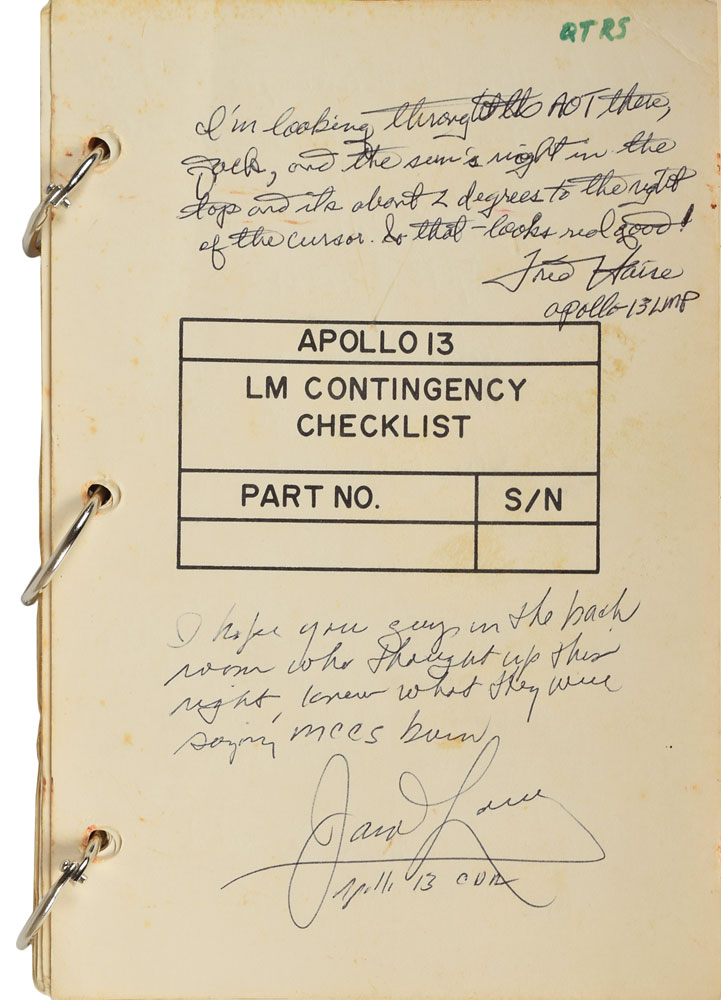
“This manual, whose contingency procedures were first evaluated in low-Earth orbit during the Apollo 9 mission… played a key role in saving the lives of the Apollo 13 crew, when an oxygen tank exploded on route to the moon,” he said. “The Apollo 13 checklist belonged to Charlie Duke, who, as Cap Com in Mission Control during Apollo 13, read up to the stricken crew handwritten procedures directly from this Manual.”
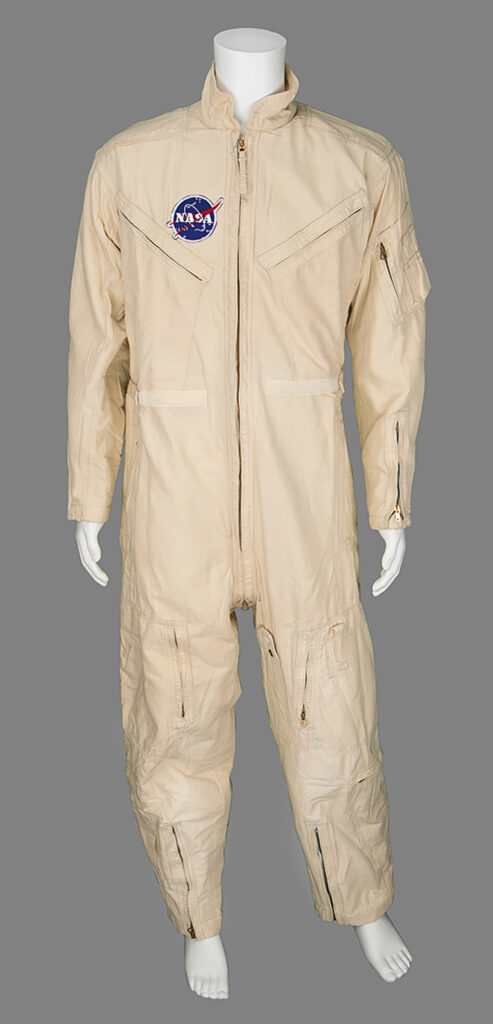
Exhibition goers can also view the space suit and flight helmets worn by Lunar Landing Research Vehicle pilot Emil ‘Jack’ Kluever, providing insight into a lesser known part of NASA history. Kluever was the only pilot to fly NASA Lunar Landing Research Vehicle (LLRV-2), an experimental aircraft designed to help simulate the behavior of a lunar lander. The vehicle made six flights at the Edwards Air Force Base before being dismantled and its parts contributing to the subsequent Lunar Lander Training Vehicle (LLTV), which Neil Armstrong piloted then crashed. The role of the LLRV and LLTV craft was to simulate the moon’s gravity here on Earth, enabling testing and pilot training for the lunar landings. The Emil Kluever collection was a recent acquisition to Dr. Warner’s collection, purchased back in April 2023 during one of RR’s semi-annual Space Exploration and Aviation auctions.
Along with equipment and flight manuals, flown items such as an International Space Station wristwatch and space debris including a fragment from the Salyut 7 space station are available for viewing.
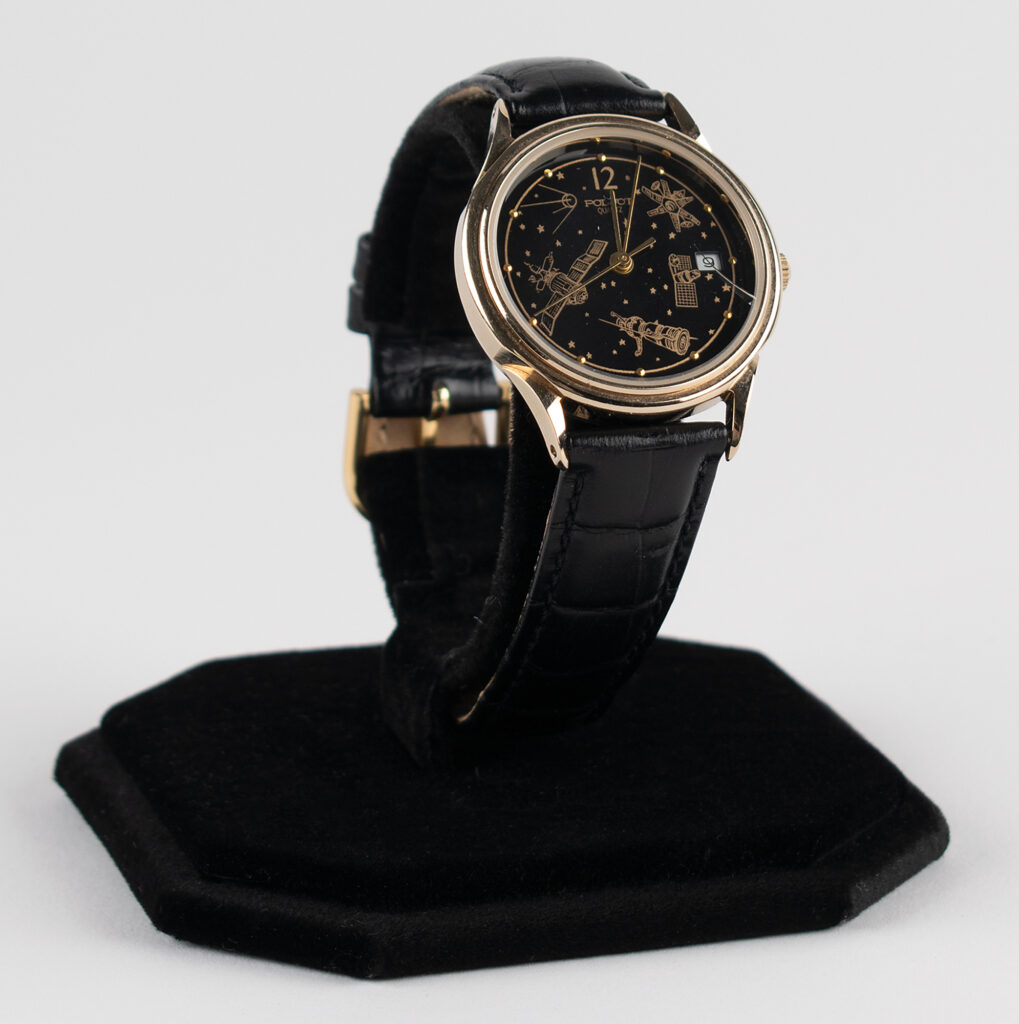
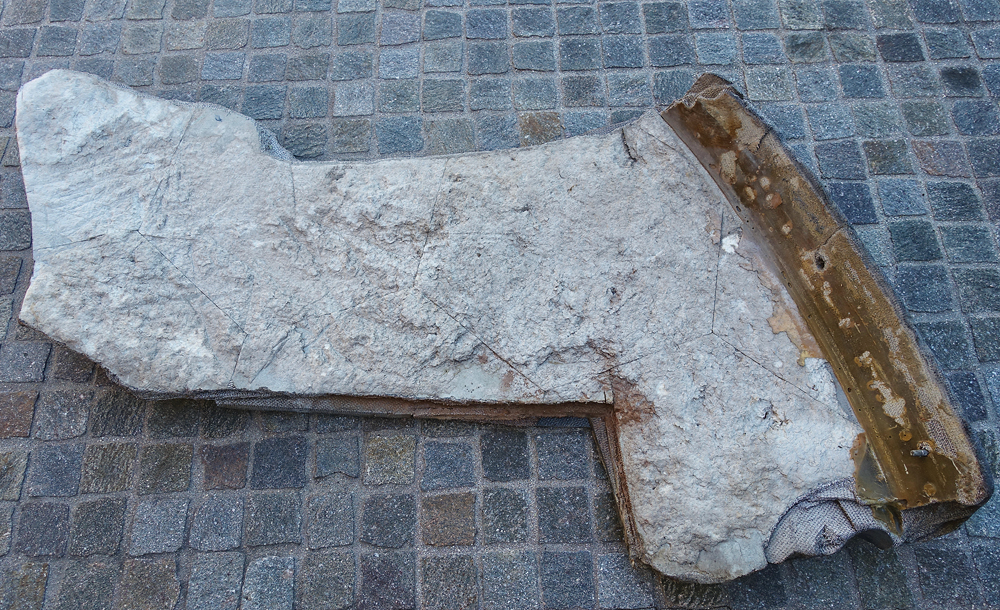
According to Dr. Warner, curation of the exhibition took about three months, and the display ‘stories’ were drafted in the form of a timeline, linking each of eleven exhibition stands together in chronological order. Visitors start at the early days of NASA and end in the current era with SpaceX. Beyond the artifacts, audio files and video recordings from multiple missions were selected and converted into QR codes for visitors to activate and bring the stories of these pieces to life at their fingertips. In loaning out his collection, he intends to not only educate others on the global history of space exploration, but to raise funds for local schools to purchase science equipment.
The exhibition launched on December 14th and is currently running at the European Space Agency, European Centre for Space Applications and Telecommunications (ECSAT), Harwell Campus, Oxford. Visits to the exhibition are by invitation of the European Space Agency. During the loan period, Dr. Warner will be giving tours and going deeper into the rich history behind each piece through a series of exhibition talks.

